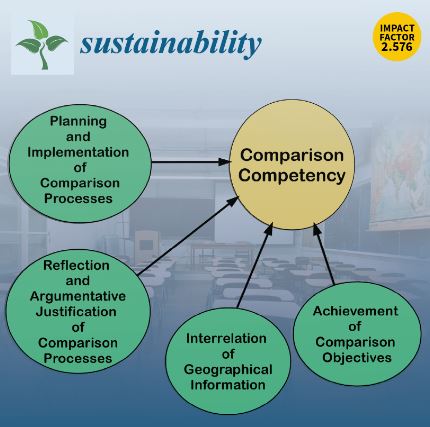The Bigger the Better? How Battery Size Affects Real-World Energy Consumption, Cost of Ownership, and Life- Cycle Emissions of Electric Vehicles
Publication Year: 2024
Author(s): Poupinha C, Dornoff J
Abstract:
Range anxiety, or a driver’s fear of not reaching their destination or the next charging station on a single battery charge, is often cited as a primary concern for potential buyers and users of battery electric cars. In Europe, the median driving range of battery-powered passenger cars was 419 km in 2022, reflecting a 10% increase over two years. Nearly 60% of Europeans have expressed that a driving range of 500 km is the minimum they would consider for purchasing a battery electric vehicle (BEV). Because longer ranges require larger capacity batteries, concerns are growing over the environmental and economic tradeoff between larger batteries and the actual benefits for drivers. An alternative to a larger battery is opting for a smaller one and using fast charging during longer-distance trips. However, fast charging also comes with some disadvantages. Fast charging is more expensive than slow charging and requires more energy for battery temperature control. This study simulates driving profiles for three generic user types over the course of one year: an urban commuter, a rural commuter, and a frequent long-distance driver. The users are assumed to have access to charging when needed or when convenient.
Publisher/Organisation: International Council on Clean Transportation
URL:
https://theicct.org/wp-content/uploads/2024/04/ID-80-%E2%80%93-BEVs-size-Report-A4-70138-v8.pdf
Theme: Business Models | Subtheme: Swapping infrastructure
Related Documents
Research Papers/Articles

The Way Forward for E-Mobility in India
Published Year: 2019
Abstract:
This paper briefly illustrates e-mobility history and Indian global e-mobility patterns. The p... Read More
Research Papers/Articles
Abstract:
Research Papers/Articles

Business Model Blueprints for the Shared Mobility Hub Network
Published Year: 2021
Abstract:



